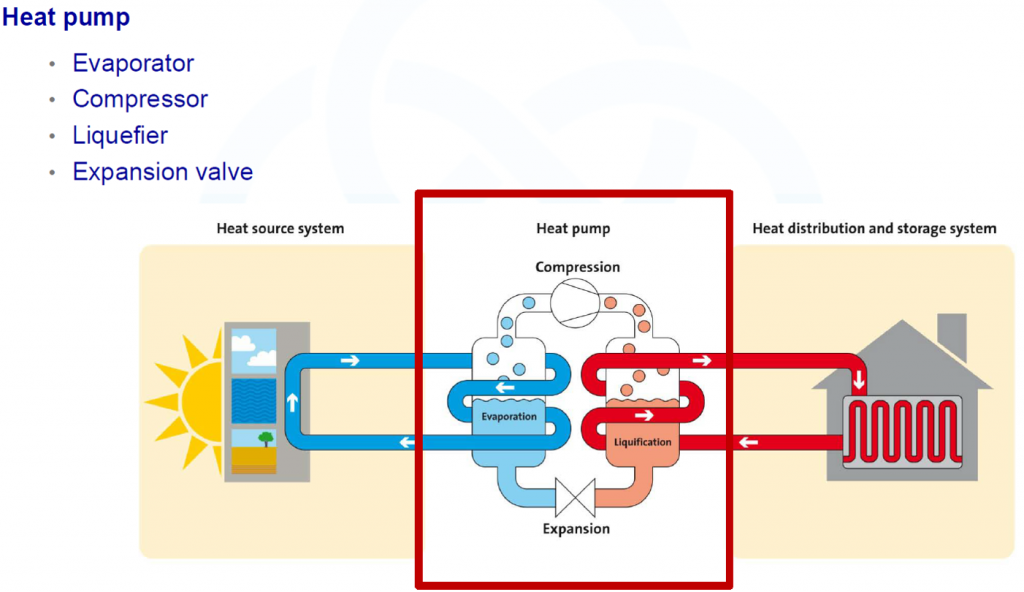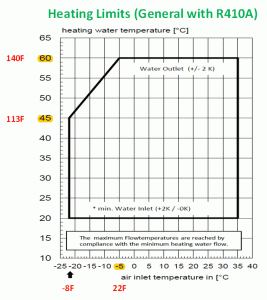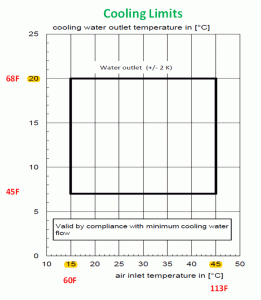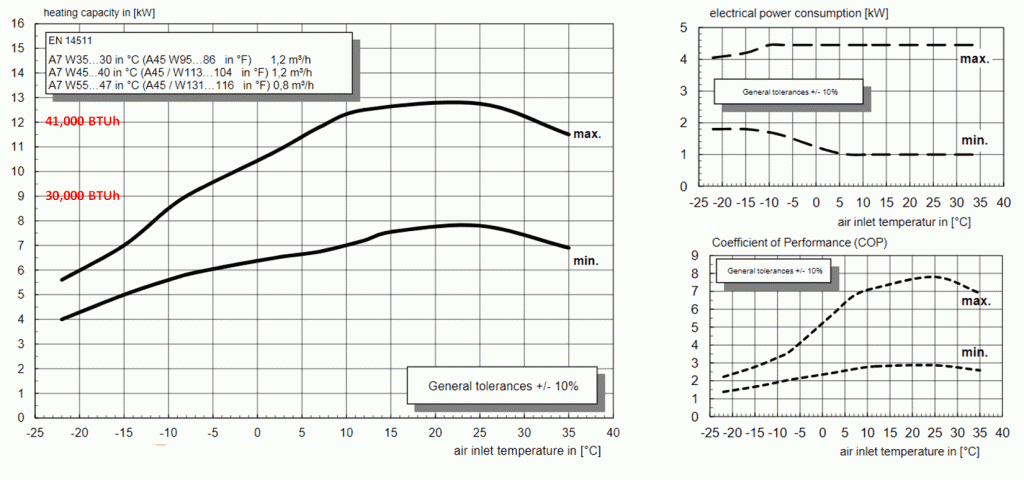
Understanding air to water heat pump systems : Part 1
February 24, 2020 | By Mike Miller
The rise of electrification in residential HVAC will lead to greater adoption of heat pump technologies.
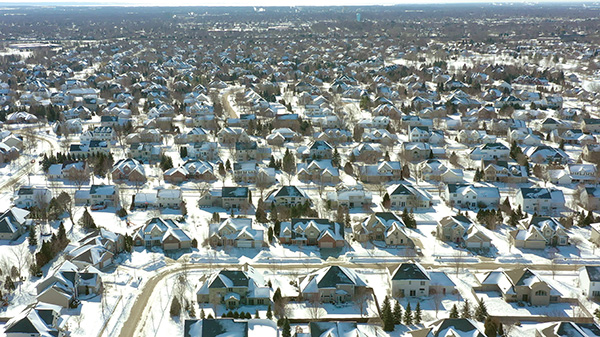
(Getty Images)
As we all said goodbye to last year on December 31, for the HVAC industry this isn’t just the beginning of a new year, a new decade or an opportunity to set new personal and professional resolutions, 2020 and the years to follow will also represent further changes in our marketplace. And although we saw things change in the last decade, the one to come will be even more dramatic—of that I am sure.
The global conversations about a ‘greener’ world—electrification, carbon neutral or net zero buildings—is really starting to resonate across our continent and some geographic regions are already adopting rules and regulations that will prevent or make difficult to use fossil fuel fired equipment moving forward. These changes will, as has already been the case in Europe, shift the landscape of heat sources away from fossil fuels as the primary energy provider.
Did you know that 2017 was the first time that heat pumps outsold the number of boilers as heat generators in Germany, and this shift continues to move faster and faster over there?
Like many other technologies in this industry, Europe sets the trend and North America typically follows. In the past it would take a number of years for North America to catch up, but with the world becoming a smaller place, the transition is happening a lot sooner.
Heat pumps will likely lead the way in the immediate future as heat source replacements for fossil fueled radiant systems in the residential market. Geothermal heat pumps are a well tried and tested technology that works extremely well, if installed correctly, but the costs of drilled ground loop wells (depending on geographical location) has kept the adoption of this technology limited to high-end homes.
Air to water heat pumps (ATWHP) on the other hand have come a long way in recent years and can offer a much more cost-effective alternative for many structures, big or small, residential or commercial. Heat pumps, unlike boilers, can be reversed to provide cooled fluid for cooling applications in the summer to make this generation of equipment usable all year round. Heat pumps can also provide domestic hot water for a building.
Figure 1 illustrates a very basic heat pump cycle consisting of a source (outdoors), a load (building or fluid storage) and the guts that makes it all happen, including the evaporator, compressor, liquefier and expansion valve.
Refrigerant pressure changes its ability to absorb heat or cool and either put heat into the building in heating mode or pull it from the building and put it outdoors in cooling mode. A reversing valve in the heat pump is used to make the cycle responsive for heating or cooling needs, depending on the requirement.
Using outdoor air as a source of energy is limited to ambient conditions. Today many ATWHPs have inverter driven compressors for added efficiency that can modulate to draw energy out of the ambient outdoors as long as it is above -22C (-8F) for heating operation and below 45C (113F) for cooling operation. That’s a pretty wide range, but in many of our regions some additional backup heat generation is required to supplement the ATWHP during extremely harsh conditions outside of that range. ATWHPs also have a limited fluid temperature that it can generate. The refrigerant used in most of these systems, R410A, limits its output capacity as described in figures 2a and 2b.
The maximum fluid temperature a typical ATWHP can provide is 60C (140F) in heating mode, but its output capability is reduced when the ambient outdoors drops below -5C (22F) and is somewhat in a linear relationship from there down to about -22C (-8F) with the fluid temperature of 45C (113F), as is shown in figure 2a.
In cooling mode, the output capacity is pretty stable and can be anywhere between 7C and 20C (45F and 68F) for fluid temperature as long as the outdoor temperature is below 45C, as is shown in figure 2b. These limits must be considered when choosing the terminal units for heating and cooling of the building.
Of course, ambient outdoor temperature and fluid temperature provided affect the output capacity and efficiency of the ATWHP. This can vary from manufacturer to manufacturer, and it is important to understand the ranges when considering your design options and requirements. An example of how it may impact a system is shown in figure 3 for heating.
As the outdoor temperature drops the output capacity drops. In this particular example, at -5C outdoor temperature the output capacity is shown at about 9.5 kW or 32,000 BTUh and operating at a COP of 4. At -20C outdoor temperature, the output capacity is shown at about 6 kW or 20,500 BTUh and now operating at a COP of 2.5.
For the cooling operation, as the outdoor temperature rises the output capacity drops. As an example, at 15C (59F) outdoor temperature the output capacity will be about 14 kW or 4 tons of cooling and operating at an energy efficiency ratio (EER) of 5.5. At 45C (113F) outdoor temperature, the output capacity will be about 7 kW or 2 tons of cooling and operating at a EER of 2.
Understanding these limitations is absolutely necessary when designing a system. In the next issue of HPAC (Part 2 of this article) I will go through a very high level system design example using an ATWHP for a 2,000 sq. ft. home in Canada, looking at mechanical system and control logic that could be employed.
Mike Miller is director of sales, commercial building services, Canada with Taco Inc. and a past chair of the Canadian Hydronics Council (CHC). He can be reached at hydronicsmike@tacocomfort.com.

